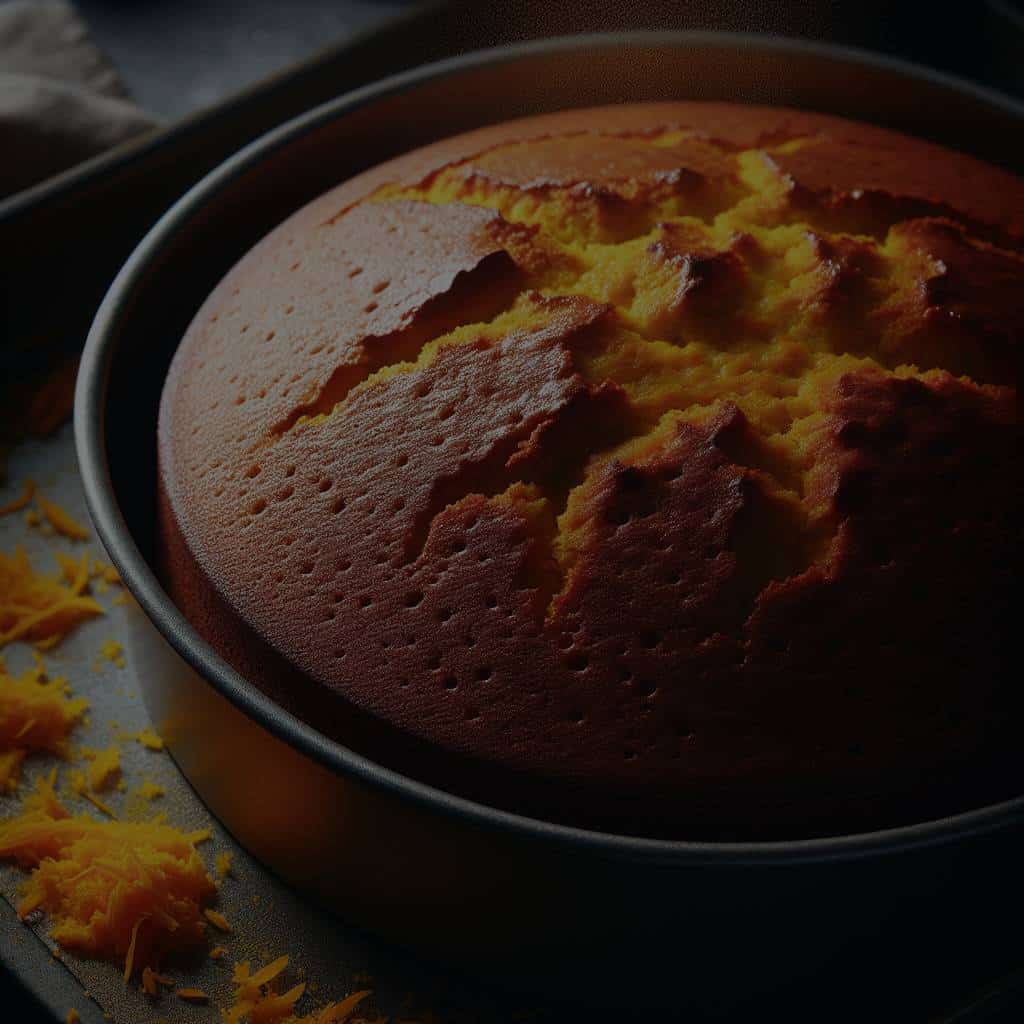Can You Bake a Gourmet Cornish Saffron Cake with a Rich Golden Hue?

Introduction
Certainly, you can. The kitchen is your playground, and with the right recipes and ingredients, you can create a masterpiece that would rival even the most established patisseries. The Cornish Saffron Cake is not your regular cake; it’s steeped in history and tradition, typically served during celebrations and holidays. Recognized by its distinct golden hue and sweet aroma, this cake offers a unique taste experience, complemented by the use of flavorful fruits and the exotic taste of saffron.
Additional reading : What’s the Secret to a Perfectly Moist and Flavorful Treacle Tart?
Let’s explore the ins and outs of creating this delightful culinary masterpiece. We’ll cover the historical significance of the cake, the ingredients you’ll need, the step-by-step process, and some tips to ensure a successful bake.
The Rich History of the Cornish Saffron Cake
Before diving into the baking process, it’s essential to understand the cake’s history and significance. The Cornish Saffron Cake, or simply Saffron Cake, is a traditional sweet bread from Cornwall, a region in the United Kingdom renowned for its rich food traditions. This cake has been a cornerstone of Cornish celebrations for centuries, often served during the Christmas season, Easter, and special occasions.
Have you seen this : How to Elevate a Classic British Roast Beef with Yorkshire Pudding?
The distinctive yellow color of the cake derives from saffron, a costly and exotic spice derived from the flower of Crocus sativus. This spice also delivers a distinctive flavor, making the cake a culinary delight.
Essential Ingredients for Your Cornish Saffron Cake
Creating a Cornish Saffron Cake requires specific ingredients to achieve the authentic taste and appearance:
- Saffron: Provides the cake with its unique golden hue
- Currants, candied peel, and optionally, other dried fruits: Enhance the cake’s flavor profile
- Butter, sugar, and flour: Form the cake’s basis
- Yeast: Causes the cake to rise
- Warm milk: Dissolves the yeast and helps to infuse the saffron
- Eggs: Add richness and texture
In addition, you may want to consider some orange zest for an added pop of flavor, and a thick layer of cream for the perfect finishing touch.
Let’s Begin Baking: Step-by-Step Process
Now you have a clear understanding of the ingredients involved, it’s time to begin baking. This is where the magic happens, and you will see your ingredients transform into a rich, golden cake.
-
Soak the saffron threads in warm milk. This will extract the maximum flavor and color. Leave the mixture to infuse overnight.
-
Dissolve the yeast in a small amount of warm water. Then, add a spoonful of sugar.
-
In a large bowl, cream the butter and sugar until it becomes light and fluffy.
-
Gradually add in the yeast mixture, saffron-infused milk, and the beaten eggs to your sugar and butter mixture.
-
Next, you’ll want to add your flour. Doing so gradually will ensure a smooth and well-integrated batter.
-
Add the currants, candied peel, and any other dried fruit you’re using. Mix well to ensure a uniform distribution.
-
Cover the dough and let it rise until it doubles in size. This should take about two hours.
-
Preheat your oven, and prepare your baking tin by greasing it with butter.
-
Transfer the dough to your baking tin, cover, and let it rise again for about half an hour.
-
Once the dough has risen, bake in your preheated oven until it turns a rich golden color.
Useful Tips for a Perfect Cornish Saffron Cake
To ensure your Cornish Saffron Cake turns out perfectly, here are some tips:
- Use high-quality saffron threads, as this will significantly impact your cake’s color and taste.
- Make sure the milk is warm, not hot, when you dissolve the saffron threads. Too much heat can ruin the saffron.
- When creaming butter and sugar, ensure your butter is at room temperature. This makes it easier to combine the butter and sugar evenly.
- Use a light touch when mixing. Over-mixing can result in a dense and heavy cake.
- Always preheat your oven. This ensures a uniform baking temperature, which is crucial for a well-baked cake.
Beyond the Traditional Cornish Saffron Cake: Variations You Can Try
While the traditional Cornish Saffron Cake is a delight, you can also experiment with different variations to suit your palate. For instance, swapping currants for red cherries can add a tart edge to your cake. You might also consider adding chocolate chips for a bit of decadence.
Alternatively, a white frosting can contrast beautifully with the golden hue of the cake. And who can resist the combination of saffron and citrus? Add some lemon or orange zest to your batter for a refreshing twist.
Remember, cooking and baking are creative processes. Don’t be afraid to experiment and add your unique touch to this traditional recipe. With the core principles under your belt, the world of cakes is yours to conquer. So, roll up your sleeves and get baking. You’re in for a rewarding and delicious experience.
Savoring the Flavor: Nutrition and Unique Taste Profile of the Cornish Saffron Cake
Beyond the historical significance and visually striking golden hue of the Cornish Saffron Cake, its flavor profile is a significant aspect that has kept it a favorite among the Cornish and those who have had the opportunity to savor it. The combination of saffron, currants, candied peel, and optional dried fruits create an exquisite blend of flavors, making this cake a delightful culinary experience.
The saffron, often referred to as ‘red gold,’ lends the cake an exotic flavor, which is further amplified by the fruit ingredients. The currants offer a tangy contrast to the sweet candied peel, while other dried fruits such as raisins or sultanas can add a more complex flavor layer.
The texture of the cake is another important element. The yeast, combined with the creaming of butter and sugar, results in a light, fluffy texture that is satisfying to bite into. It’s worth noting that the yeast also contributes to the flavor, adding a slightly fermented hint that complements the sweet, fruity notes.
The cake is often served with a thick layer of cream or a scoop of ice cream, adding richness and a cooling contrast to the cake’s warmth. Some even prefer a slather of butter or a dusting of white chocolate for an added indulgence. Regardless of how you prefer to eat it, the Cornish Saffron Cake is a treat that is as rich in flavors as it is in tradition and history.
Concluding Thoughts: The Delight of Baking a Cornish Saffron Cake
Baking a Cornish Saffron Cake is a rewarding culinary adventure. Not only do you get to recreate a traditional cake that has stood the test of time, but you also get the opportunity to savor a unique blend of flavors that can’t be found in your everyday chocolate cake or bundt cake.
The rich golden hue of the cake, achieved through the infusion of saffron threads in warm milk, makes it a sight to behold. And the blend of sweet and tangy flavors, from the combination of currants, candied peel, and other dried fruits, is nothing short of delightful.
As a bonus, this cake comes with a rich history, further adding to its appeal. Whether it’s for a holiday, a special celebration, or just an ordinary day, baking and eating the Cornish Saffron Cake is an experience worth having.
So, gather your ingredients, preheat your oven, and get ready to bake this traditional delicacy. Don’t forget to experiment and add your personal touch to the recipe. Who knows, your variation might become the next big hit. Happy baking!
